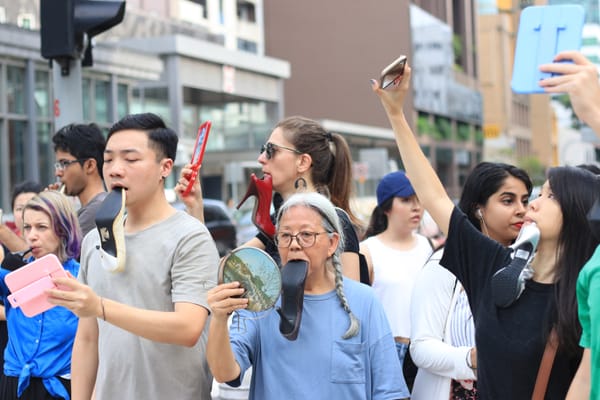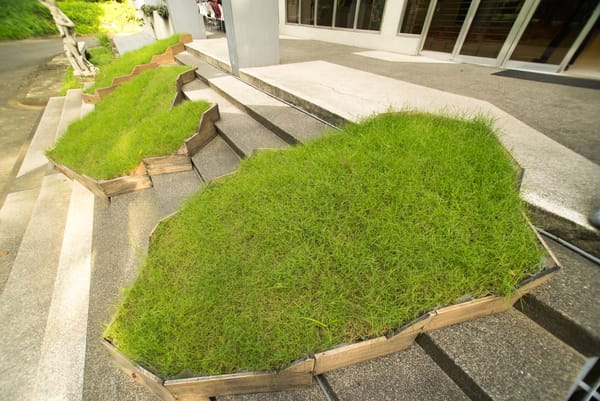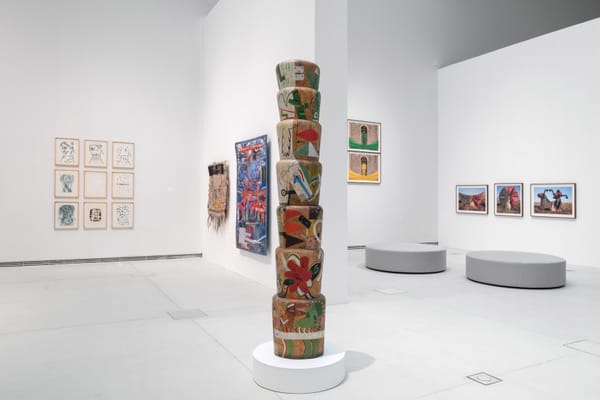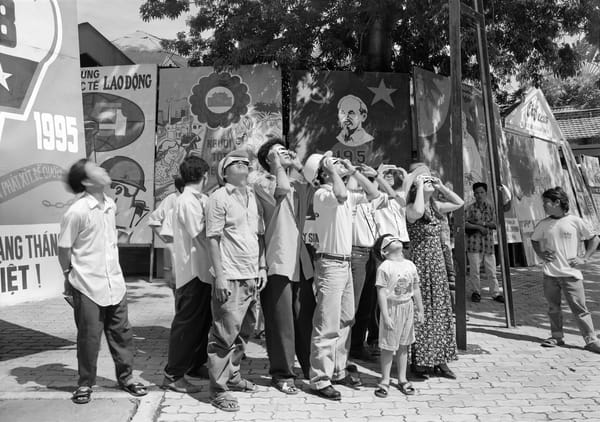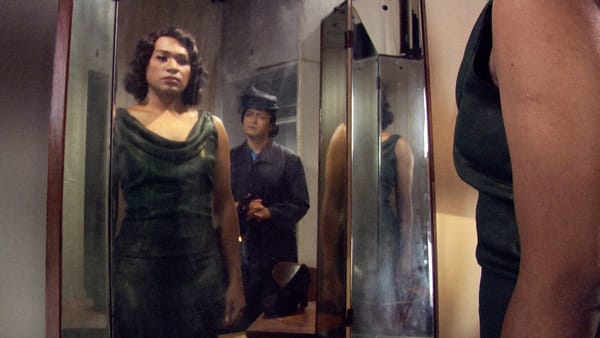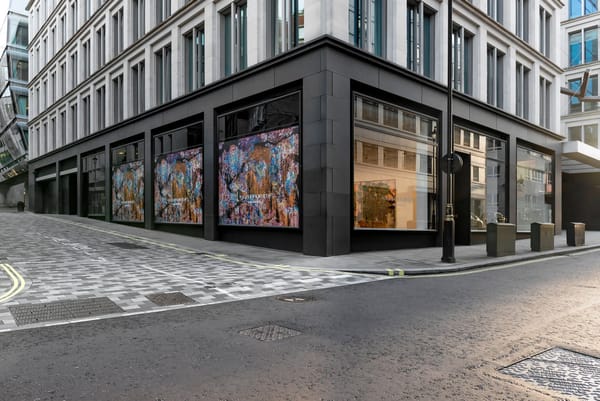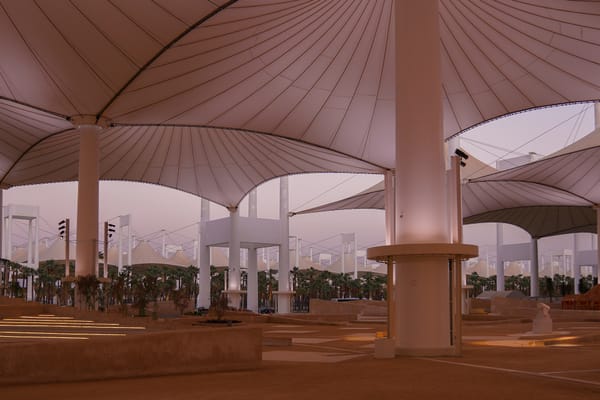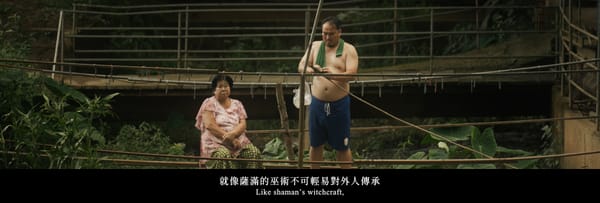Issue
Dispatch: Chiang Mai
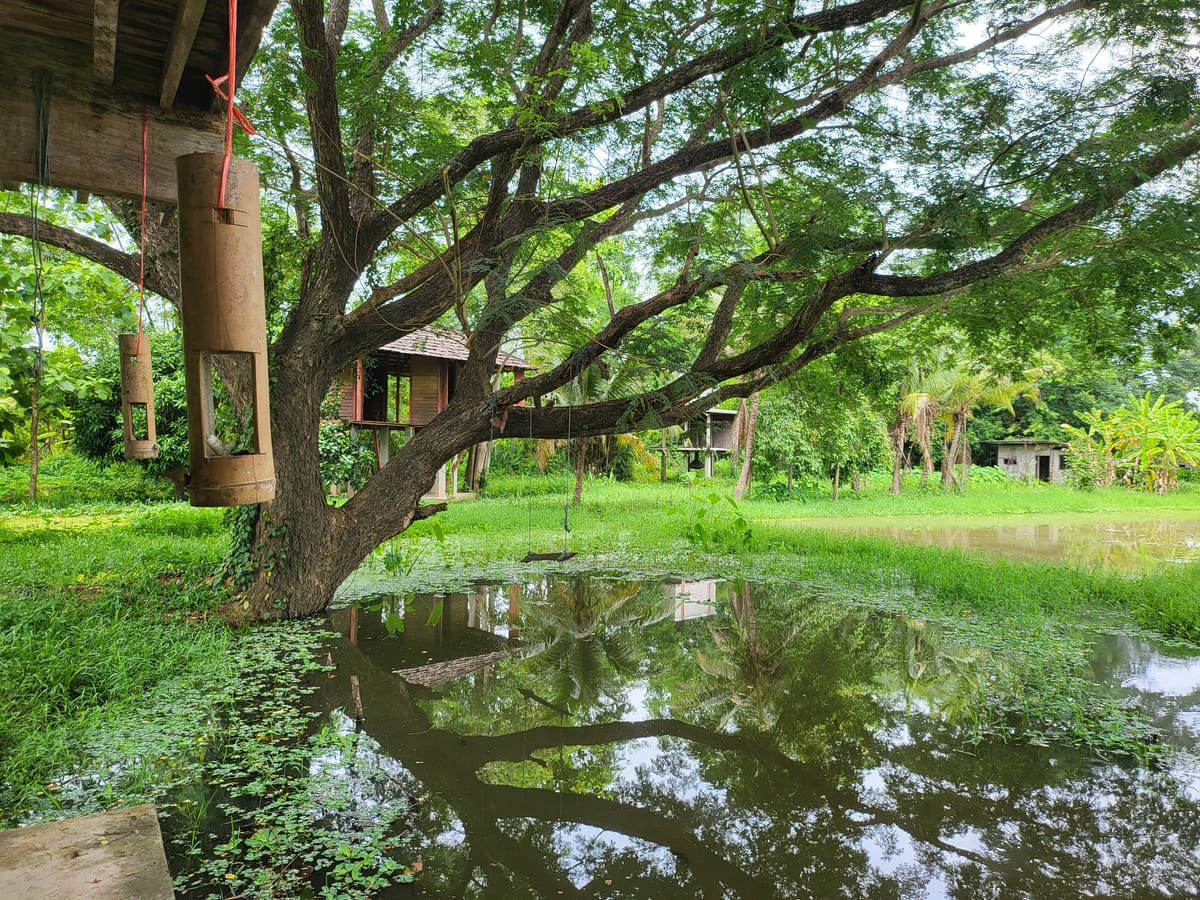
In a time of global instability, Chiang Mai, once the capital of the Lanna kingdom, moves at a different cadence. While “slow city” is not an official slogan, the label sticks. Rice fields, traditional craft communities, and temples bleeding into the geometry of traffic roundabouts evoke a sense of timelessness. Meditation and forms of self-inquiry—increasingly central to the region’s tourism—are deeply intertwined with local culture and modes of artmaking. This rhythm, shaped by history and landscape, sets the stage for a distinct flavor of artistic practices.
When I visited artist Ubatsat’s studio inside the temple Wat Umong Suan Putthatham, I sensed a profound connection between ritual and form. While sharing how he begins and ends his day with the chants of temple monks, he was working on the painting Burmica (2022) for the group show “Living Another Future” (2024–25) at MAIIAM. The artist layered Burmese protest images with visual elements from Picasso’s Guernica (1937), illustrating how cross-border conflicts and the plight of refugees reverberate within the consciousness of local communities. Chiang Mai-based artist Rushdi Anwar, also reflecting on displacement, observed: “The presence of immigrant communities in the city resonates strongly with my Kurdish heritage, deepening my understanding of shared narratives that traverse regional boundaries.” This reminded me that grief transcends individual experience; it is a collective inheritance.
